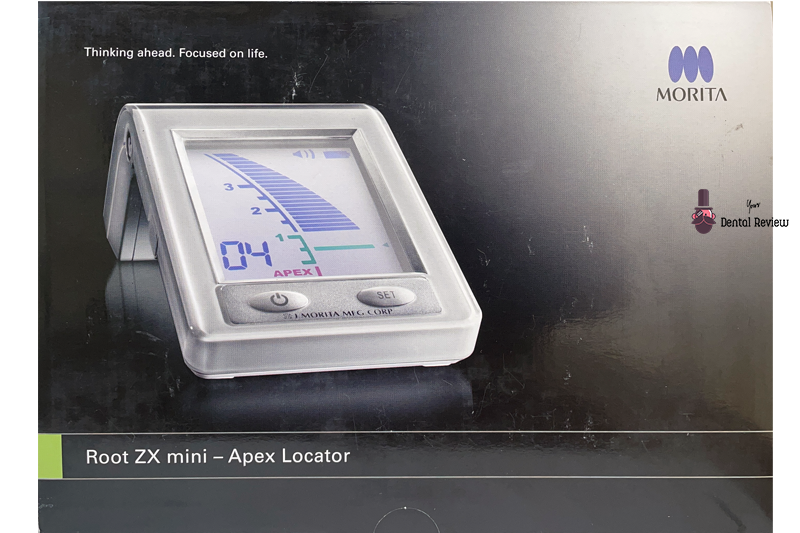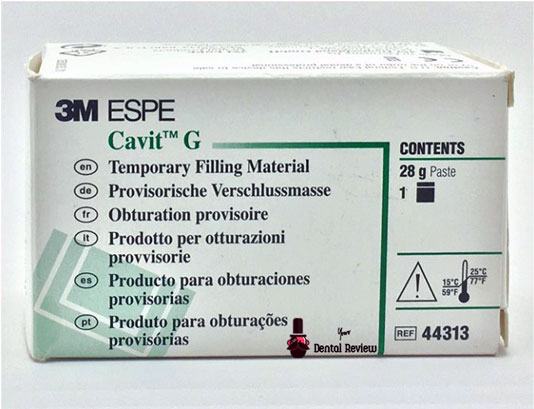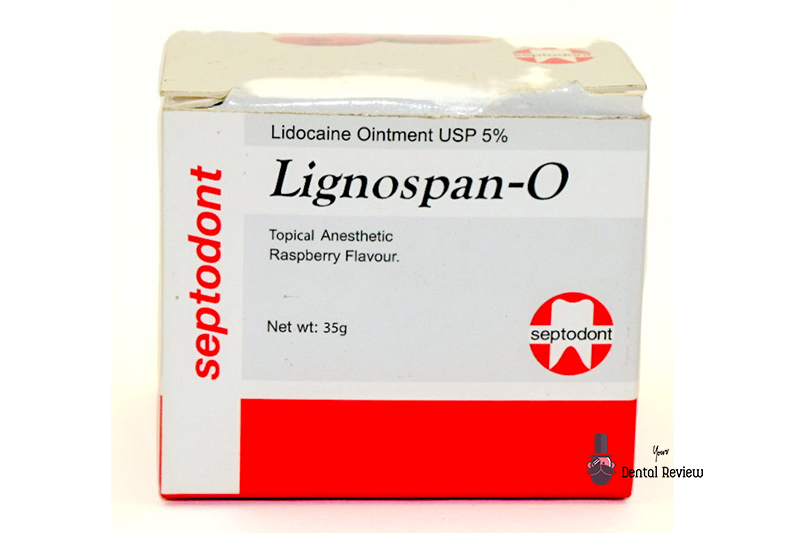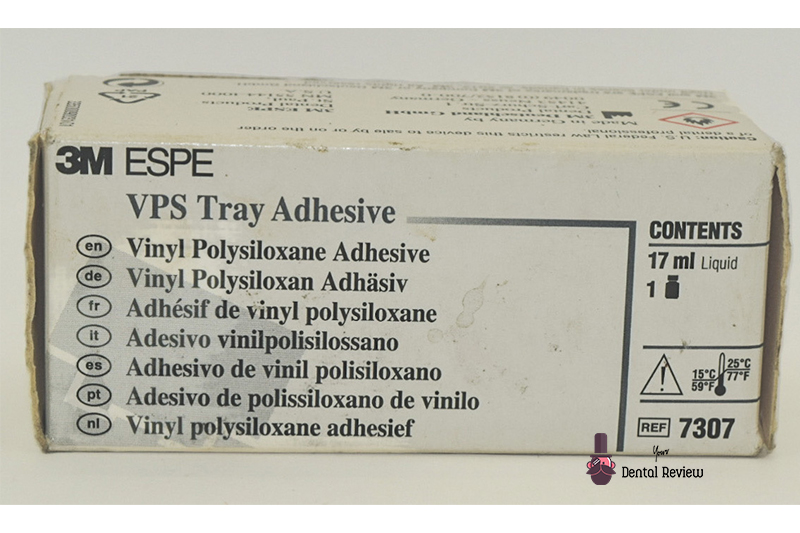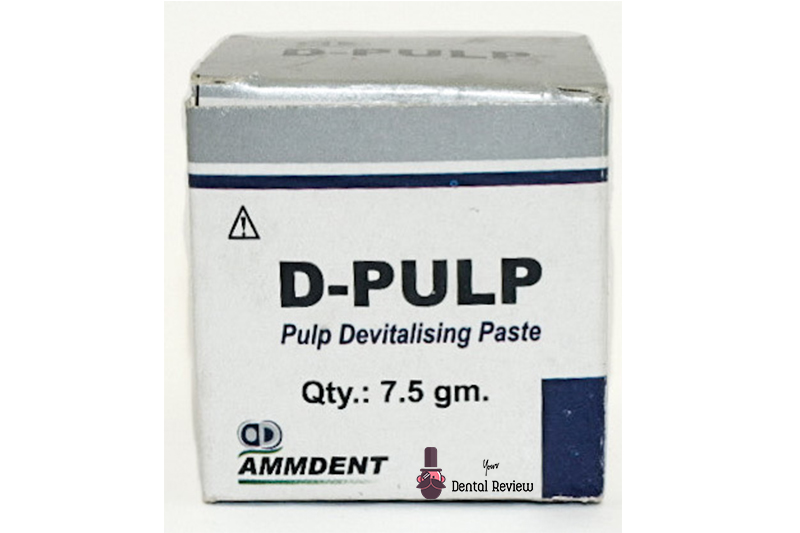Root ZX mini as the name suggests is the mini version of Root ZX II apex locator available from J Morita, Japan.
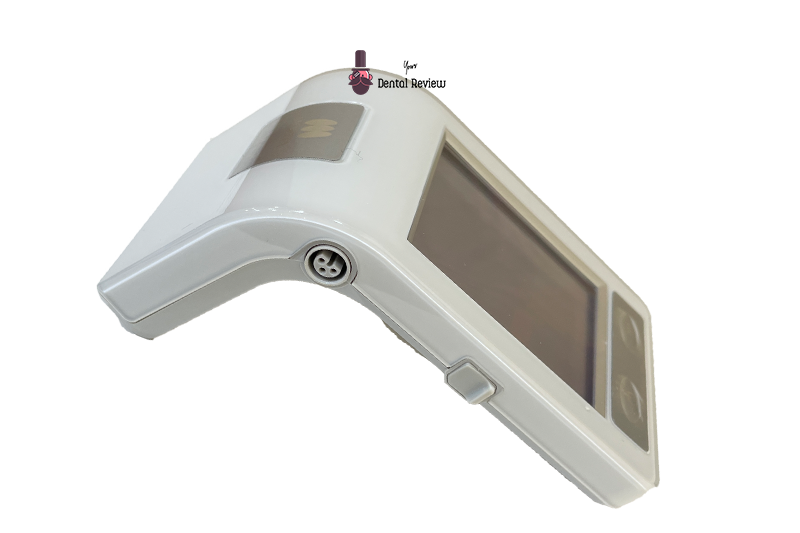
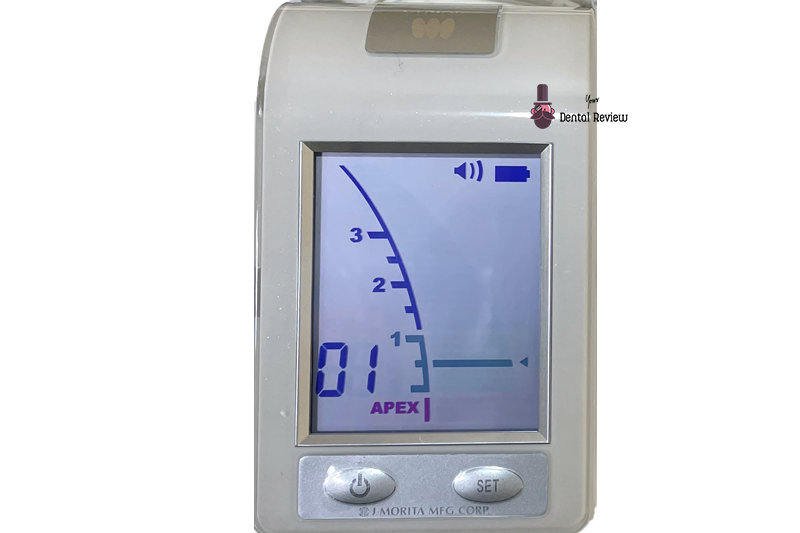
- Weight 110 gms (3.9 ounces)
- Packaging consists of
- Root ZX mini apex locator.
- Probe cord.
- File holders (3 nos)
- Contrary electrodes/ Lip clips (5 nos)
- Function tester.
Pros:
- Extremely compact and lightweight and hence easy to carry and store too.
- It claims to have an accuracy of around 97.5%, same as Root ZX II. Studies too have collaborated it’s accuracy between 50-97.5%. The mean distances from the file tip to the Apical Foramen for the Root ZX II & Root ZX Mini were –0.51 and –0.45 respectively. This was not found to be statistically different from each other. 1
- It has a large LCD colour display.
- It has ability for automatic calibration, thereby, eliminating effects of temperature, moisture, blood, discharges inside the canal, even during treatment.
- Doesn’t require to be reset to zero between canals.
- Other than visual indication on the display, audio alarms also guide the practitioner.
Cons:
- As the unit runs on AA batteries, leakage of the battery when not in use over a long period of time is an issue. If the unit won’t be used for over 15 days, batteries should be removed and kept.
- As with any other apex locator, it’s accuracy is not 100%. Even to get the claimed accuracy of 97.5%, conditions inside the tooth should be made optimal, i.e., dry canal and pre-endodontic build-up to prevent any marginal leakage etc. Though the manufacturer claims that temperature, moisture, discharge inside the canal doesn’t affect the reading, still an ideal working condition should be achieved.
- Tooth with large apical foramen, overflowing pus discharge/blood, fractured tooth, broken down tooth where gingiva intrudes into the crown, assessory canals, in retreatment cases with gutta percha still in the tooth, tooth with old metal crown/amalgam restoration, tooth with unremoved large caries and blocked canals may lead to inaccurate readings.
- In a patient with cardiac pacemaker, its use should be avoided.
How to use?
1. File activation
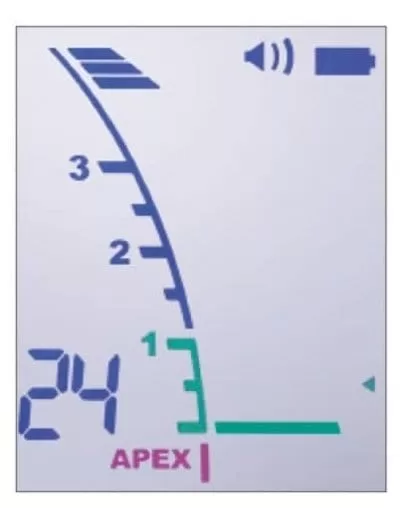
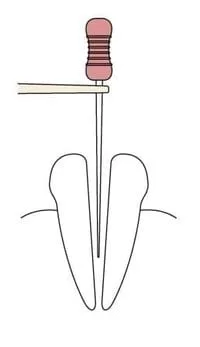
- Press the power button once to switch on the machine and display. It is ready for use and doesn’t need calibration before use.
- Clip the file holder on the file between the stopper and plastic finger grip. Select a longish file, to clip the file holder easily. Also avoid clipping onto the cutting part of the file.
- Place the lip clip at the corner of the mouth at the lip commissure. Place the file into the canal now.
- The meter on the LCD display is activated when the file is inserted into a root canal.
- The number of bars remaining before the file reaches the flash bar is shown in the lower left corner of the display
2. Position near the apex
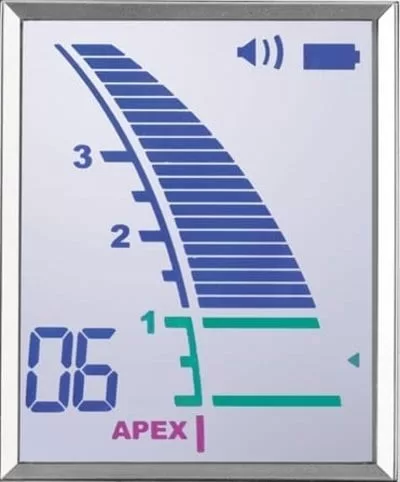
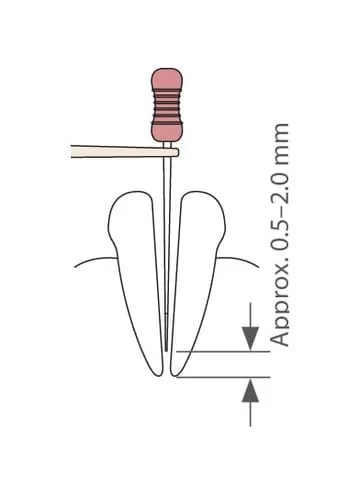
- When the file tip reaches a position near the apex, the bar color changes to green to indicate you have reached a critical area.
3. Position for the point set for reference
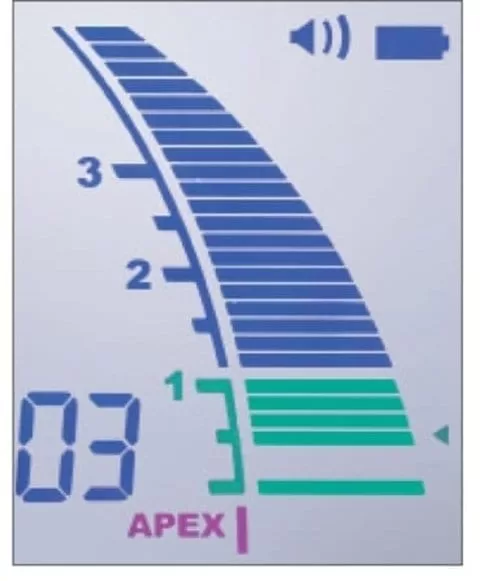
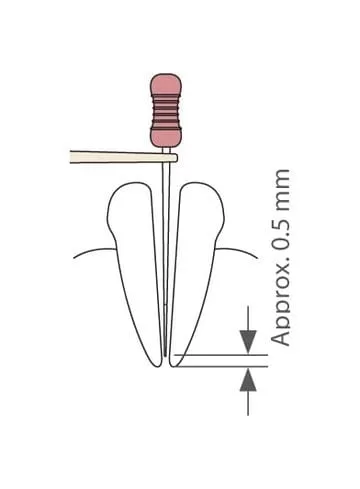
- The small triangle on the right side of the meter indicates the point set for reference.
- This point means the file tip is located 0.5 mm from the physiological apical foramen and is usually the point till which working length is determined.
- The exact working length depends on the shape and condition of the canal, and a clinical judgement must be made by the dentist.
4. Position by the ‘Apex’
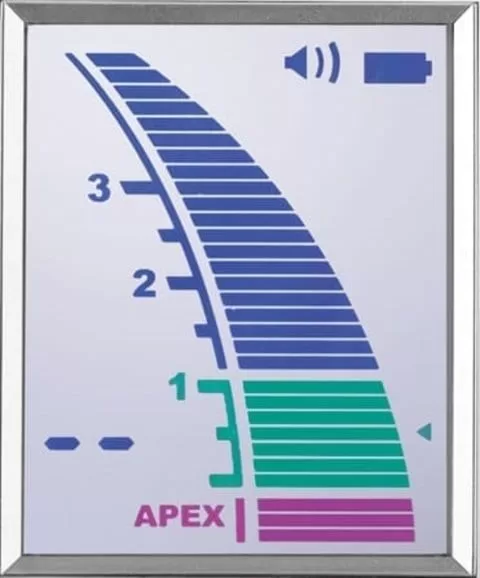
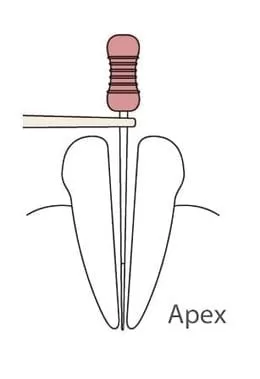
- The position of the apex is represented by the word “APEX”. The meter bars in this area are pink and the small triangle starts to blink.
Review of Root ZX mini
Apex Locators from J Morita has been a gold standard in this field. Their reliability has hardly been questioned. Accuracy, consistency and reliability are very important factors in a apex locator as it is a technically blind procedure, where you depend on the machine to give you an answer which is difficult to be verified manually or radiographically inside the mouth.
Electronic Apex Locators are capable of functioning accurately in primary molars with root resorption too because though the apical foramen is resorbed and enlarged, the conical shape of the canal is still maintained and the root canal typically has a decreasing taper toward the defect. 2
Another advantage of using apex locator during root canal treatment in children is it has a better acceptability as compared to IOPA/ RVG to determine the working length.3
Apex locator works on the principle of giving a ZERO reading the moment it touches the periodontal tissues. Sunada (1962) found the electrical resistance between the mucous membrane and periodontium had a constant value (6.5kW).
Root ZX mini is a 4th generation apex locator. It utilizes the ratio technique to provide a highly accurate indication of the location of the file inside the root canal.
I prefer to have a dry canal but not over dry before using the apex locator. Similarly, I always use a tight file while determining the working length electronically. So, I use a no 8/10 K files for thin canals and thicker files to fit tightly for thicker canals.
You can skip the working length radiograph while using apex locator. Similarly, before you take the master cone radiograph before obturation, you can recheck the working length with the apex locator.
It should always be stored away from the X-Ray and sun light, at a temperature between 10-70°C (14-158°F).
Root ZX mini, though not the cheapest product, is an ideal apex locator for use in endodontics and will be a definite recommendation of mine.
References:
1 . da Silva TM, Alves FRF. Ex vivo Accuracy of Root Zx Ii, Root ZX Mini and RomiApex A-15 Apex Locators in Extracted Vital Pulp Teeth. J Contemp Dent Pract 2014;15(3):312-314.
2. Angwaravong O, Panitvisai P. Accuracy of an electronic apex locator in primary teeth with root resorption. Int Endod J 2009;42:115-21.
3. Nellamakkada K, Patil SS, Kakanur M, Kumar RS, Thakur R. A clinical evaluation of two electronic apex locators and conventional radiography in working length determination in primary molar and its influence on children’s behavioral responses. J Indian Soc Pedod Prev Dent 2020;38:158-63

